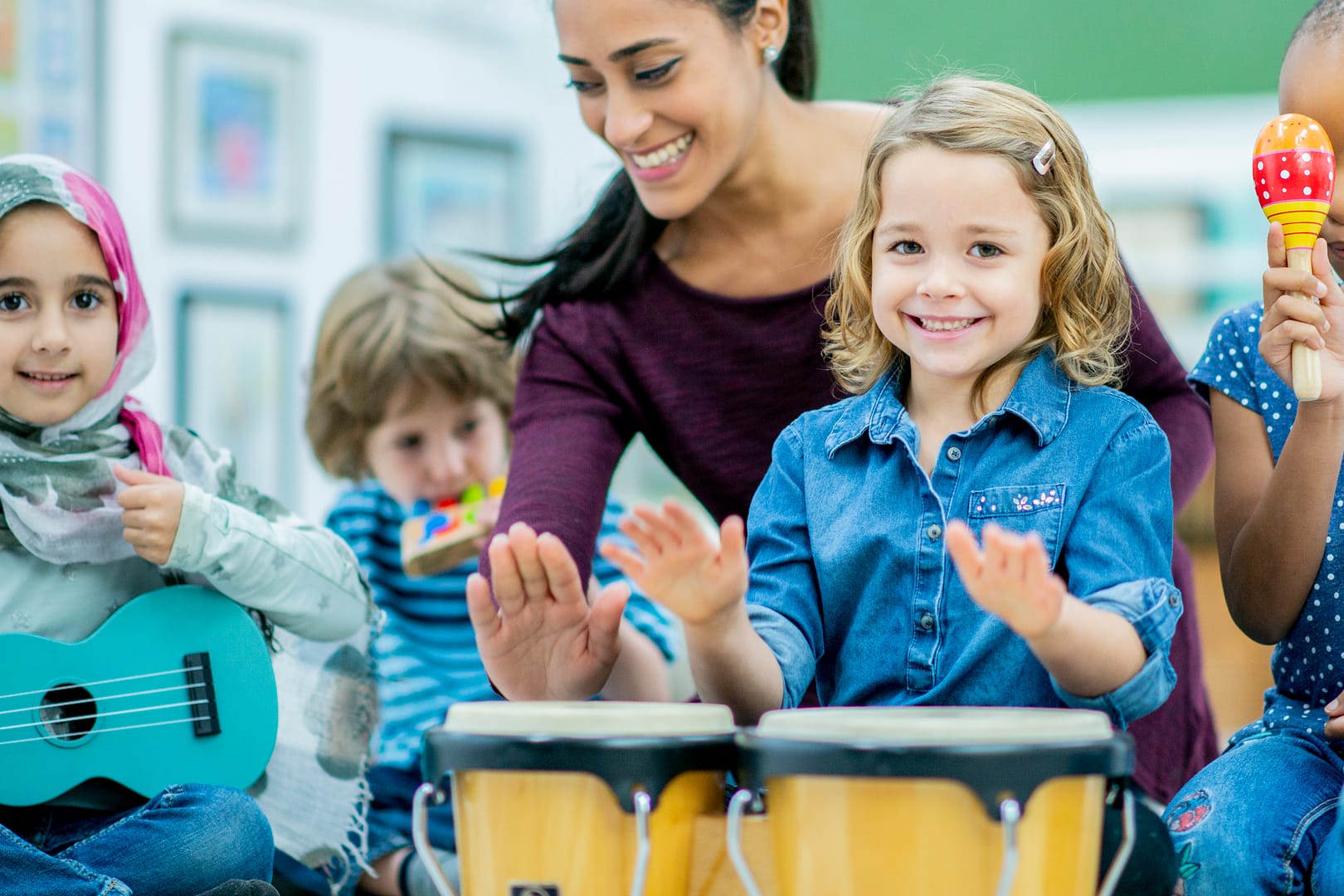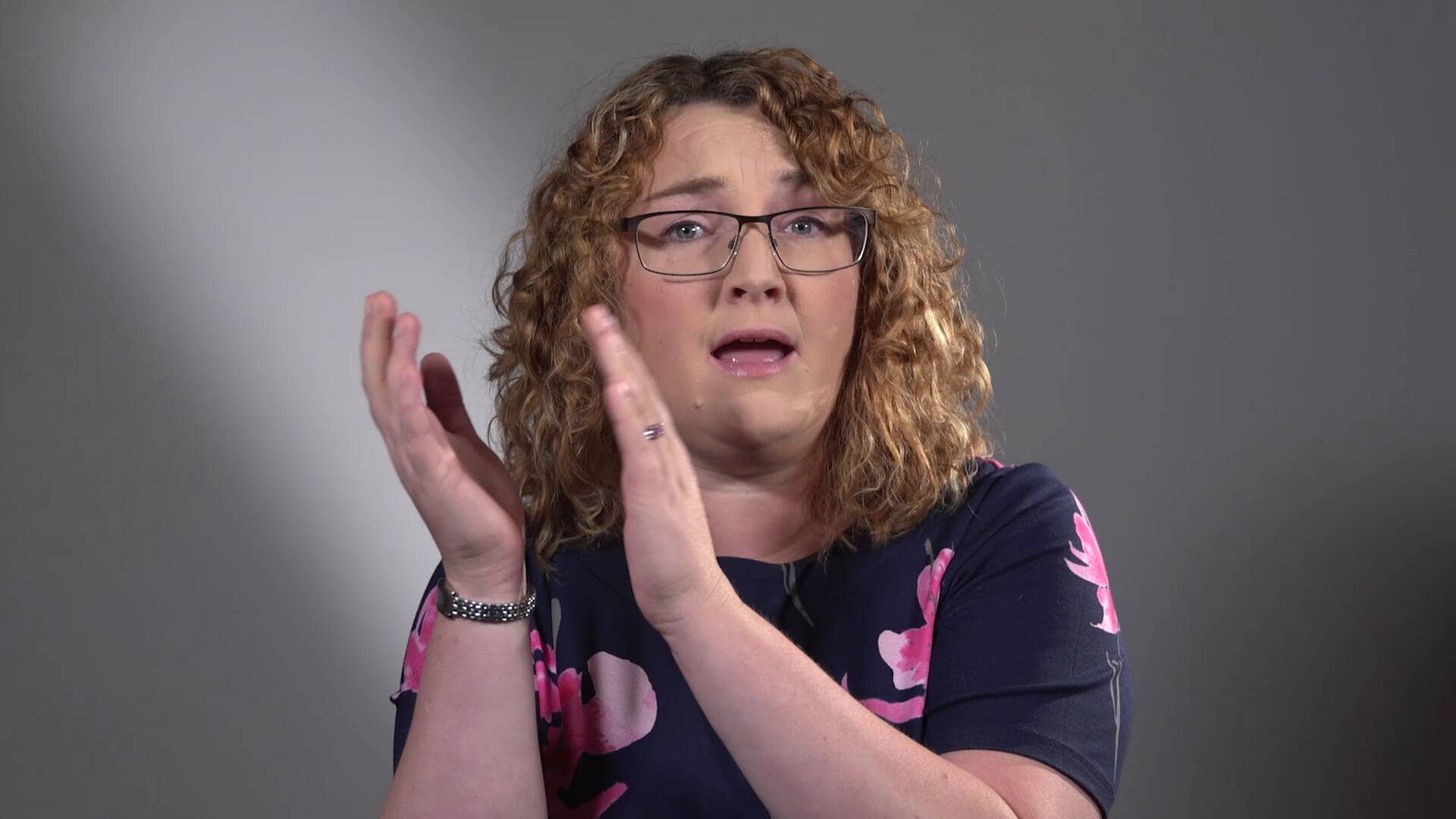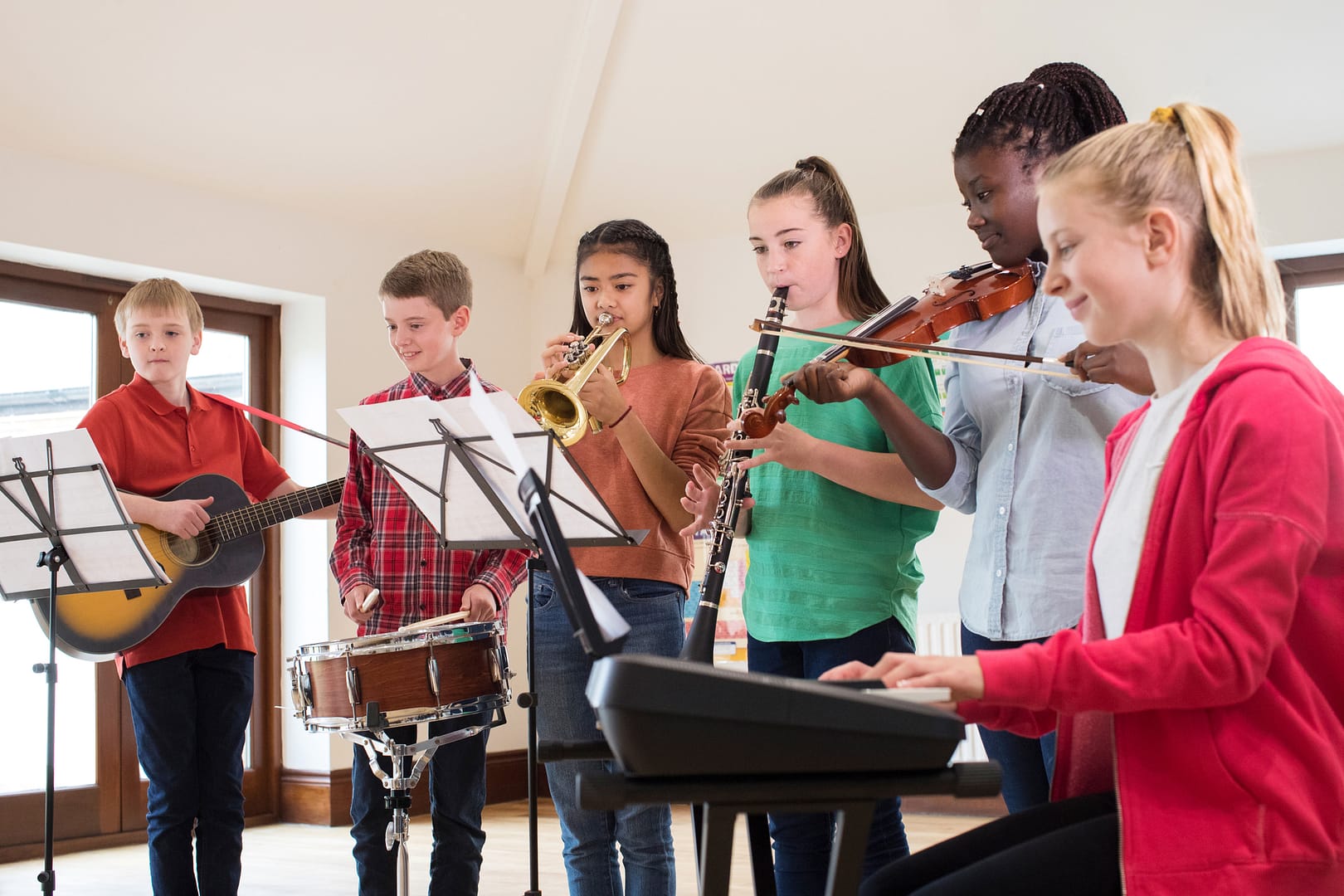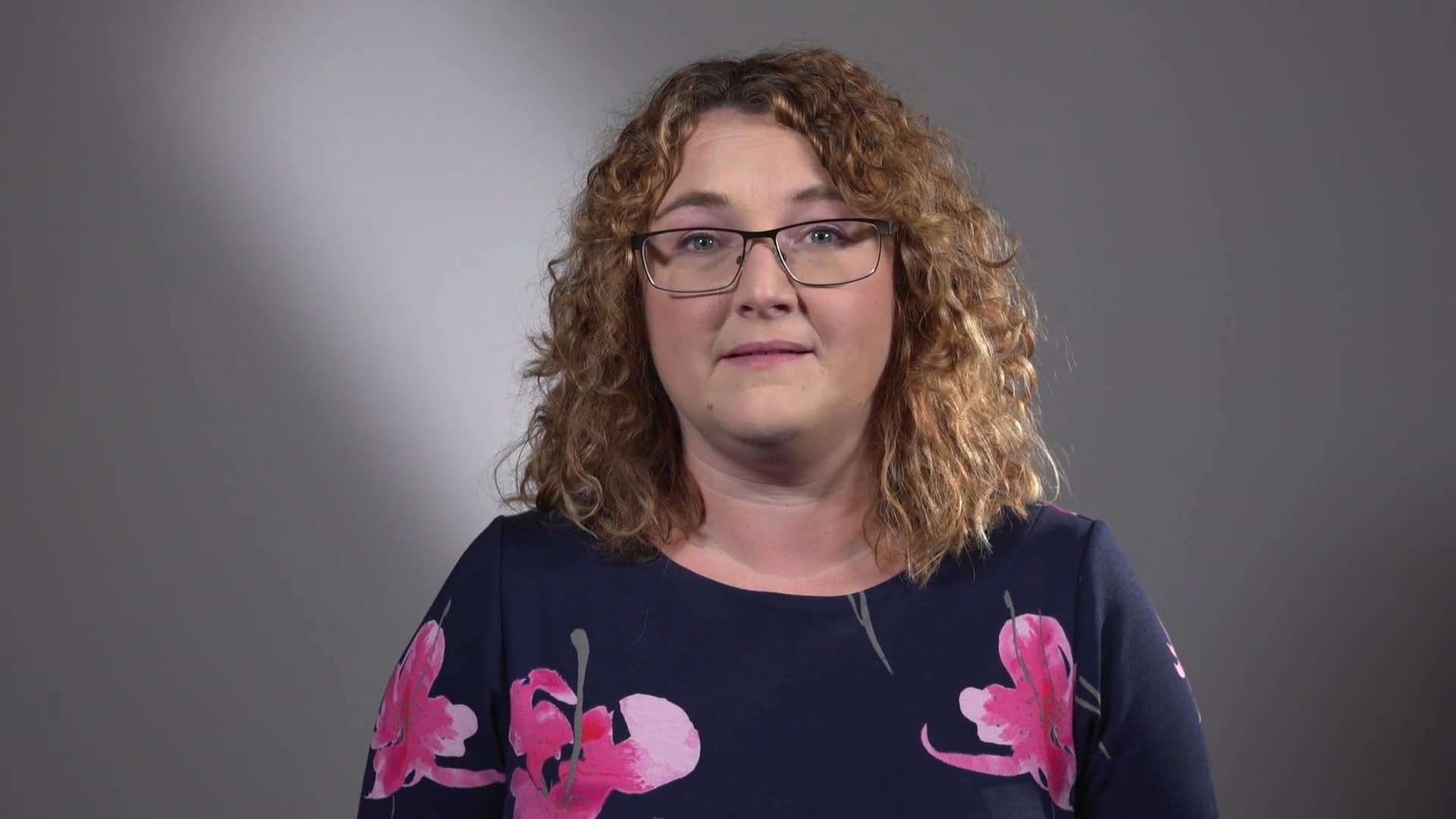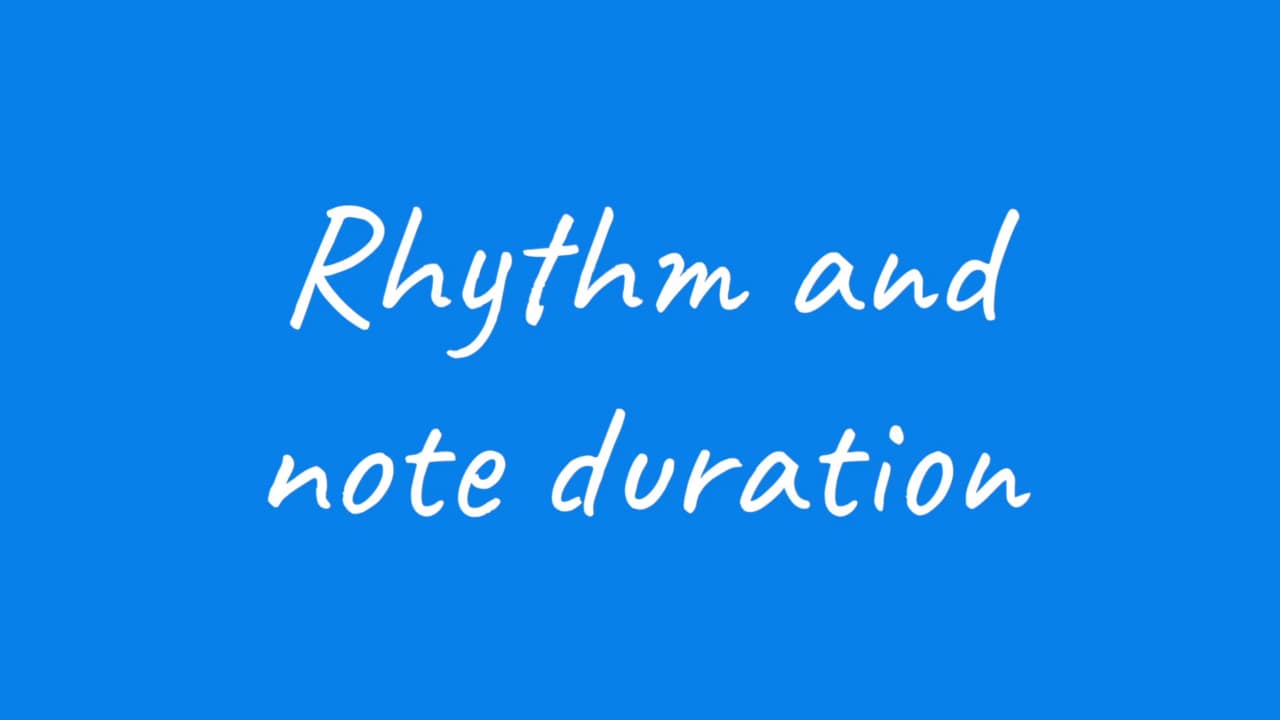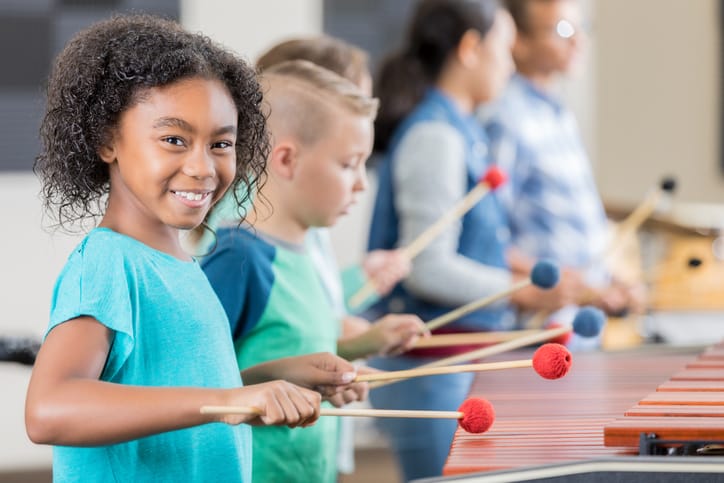This Music video explores tempo—the speed of the music—and how to introduce it to pupils. It includes strategies for helping children recognise, describe, and respond to different tempi using movement, listening activities, and Italian terminology. The video also explains how tempo changes can be spotted and described easily.
year: Year 6
Music: Pulse and rhythm (all key stages)
This Music short video explains the difference between pulse and rhythm, two essential musical concepts often confused by pupils. You’ll explore how to describe and demonstrate each, with practical activities to help children develop coordination and understanding, such as marching to the beat and clapping rhythms. Ideal for embedding the concept of duration from the national curriculum.
Music: Pitches (all key stages)
This video explores the musical concept of pitch—how high or low a note sounds—and how to teach it effectively in the classroom. You’ll learn how to clarify common confusions between pitch and volume, and gain practical strategies to help pupils understand, demonstrate, and use pitch vocabulary accurately through singing and gesture.
Music: Percussion instruments (all key stages)
This Music video introduces percussion instruments and how to use them effectively in the primary classroom. It explains the difference between tuned and untuned percussion, offering tips for introducing rhythm through accessible instruments like shakers, tambourines, and glockenspiels. Perfect for building musical skills and confidence, the video highlights why percussion is a great starting point for whole-class instrumental music-making.
Music: Dynamics (all key stages)
This Music video introduces the concept of dynamics—how loud or soft music is and how that changes over time. Learn simple ways to teach terms like forte, piano, crescendo and diminuendo using engaging class activities, helping pupils develop expressive musical skills from an early stage.
Music: Composing and improvising UKS2
Having mastered the basics of creating music, children learn to include the interrelated dimensions of music to create a particular effect and compose across variety of music genres. This video explores how to develop composition and improvisation skills in Years 5 and 6. Building on their previous learning, pupils are now encouraged to create music for a range of real-world purposes—like jingles, carols, or film scores—using the interrelated dimensions of music. You’ll also find strategies to support group collaboration and self-evaluation as pupils prepare for Key Stage 3.
Music: Staff notation 2 – KS2 – Rhythm and note duration
Staff notation is a way of writing music down and the English national curriculum requires that staff notation is taught, alongside other notations, at Key stage 2. Learn how rhythm and note duration is written and how time signatures, pitch and performance direction are shown in staff notation.
Music: Staff notation 1 – KS2 – What is staff notation?
Staff notation is a way of writing music down, and the English national curriculum requires that staff notation is taught, alongside other notations, at Key Stage 2. This video introduces what staff notation is, how to read staff notation and how to use a clef.
RSE Pupil video: Conception (voiced by a man) Year 6
This pupil-facing video explains how human conception occurs, using age-appropriate language for Year 6. It describes the process from ovulation to fertilisation, and how a sperm and egg meet during sexual intercourse. The video explains physical arousal, ejaculation, fertilisation, and early pregnancy in a factual, non-sensational way, helping pupils understand how babies are made. It reassures pupils that sex is a choice between consenting adults in close relationships and introduces the biological foundations of reproduction in a respectful, informative manner.
There is an alternative version of this video voiced by a woman.

